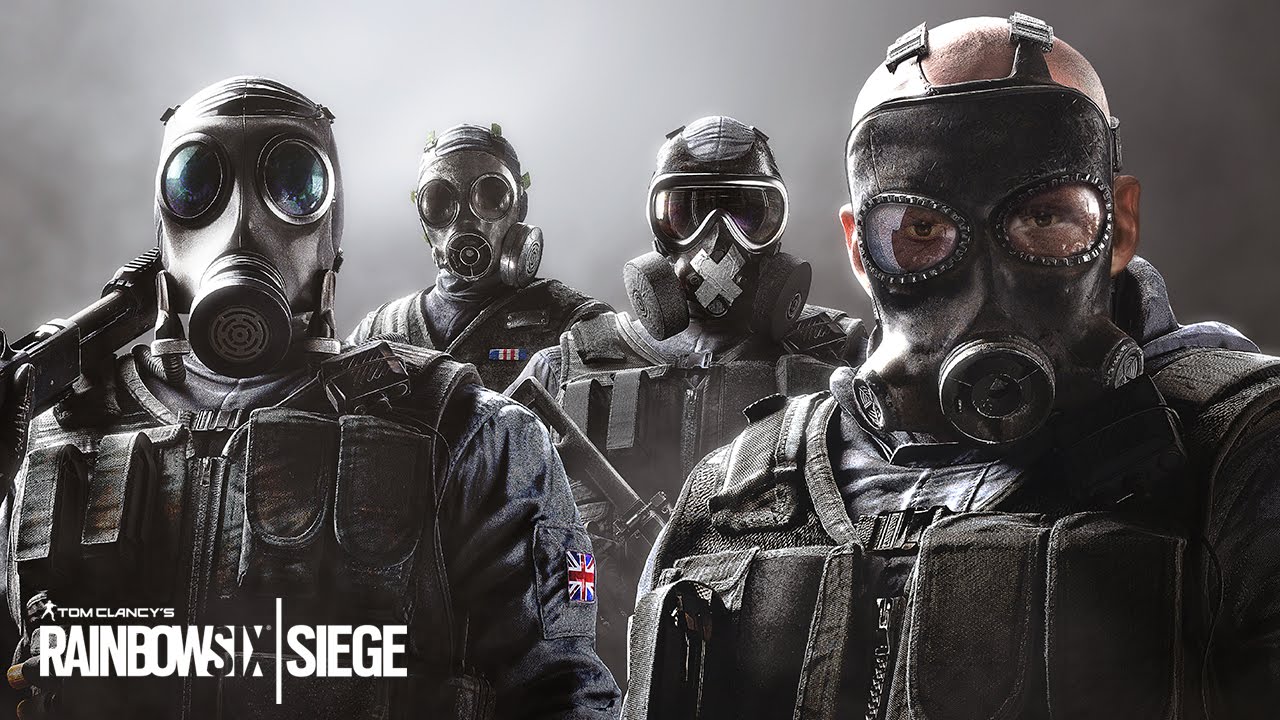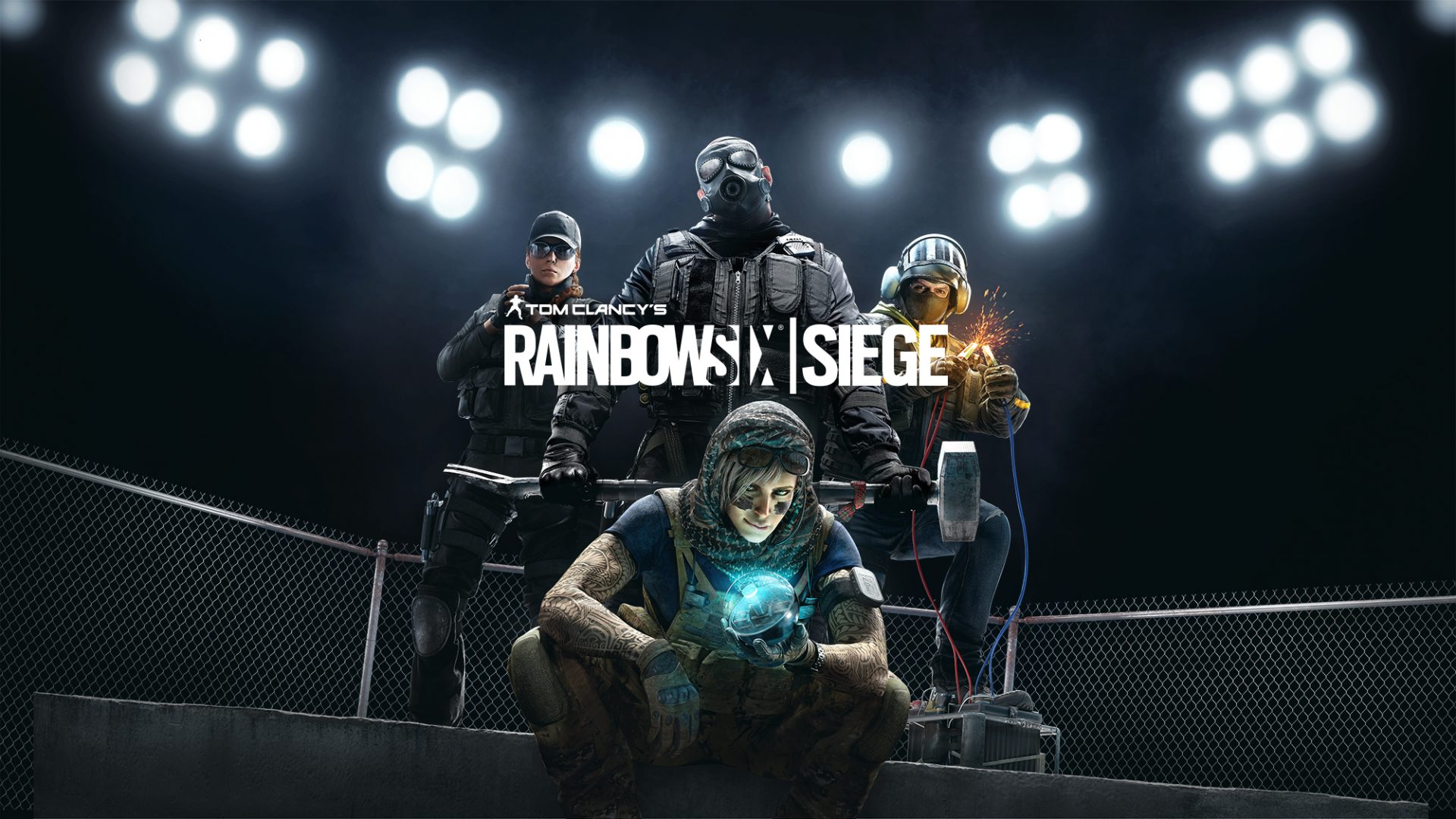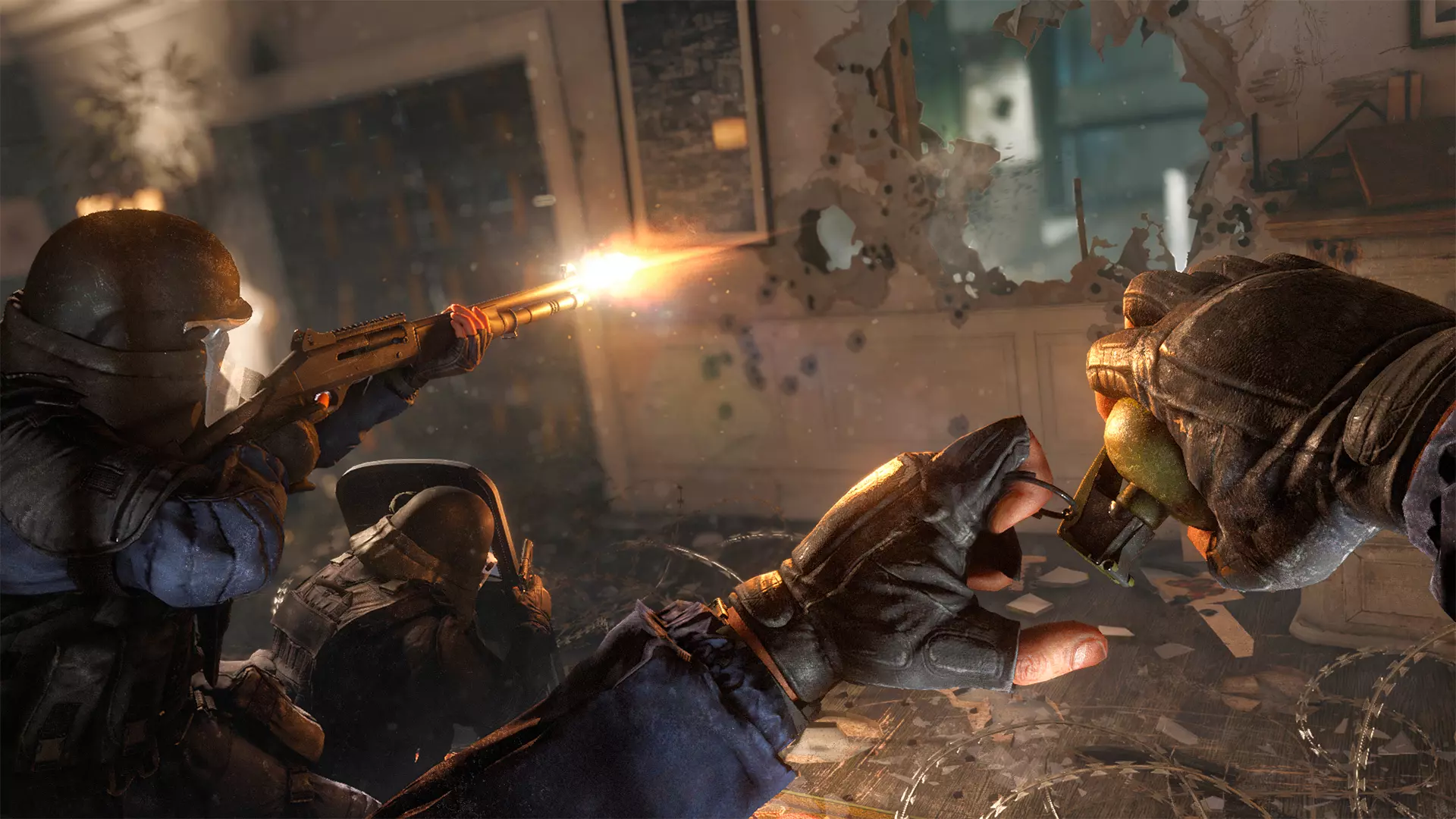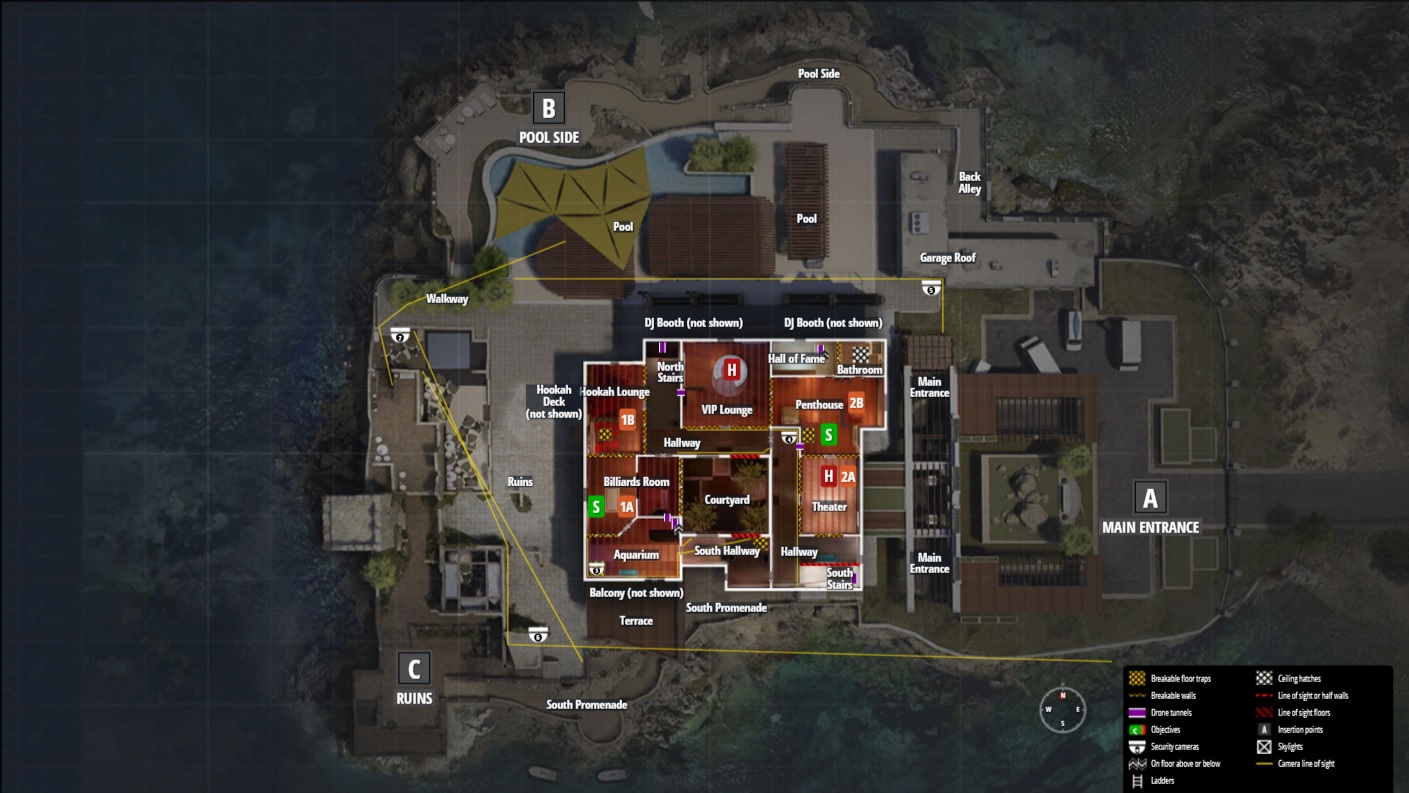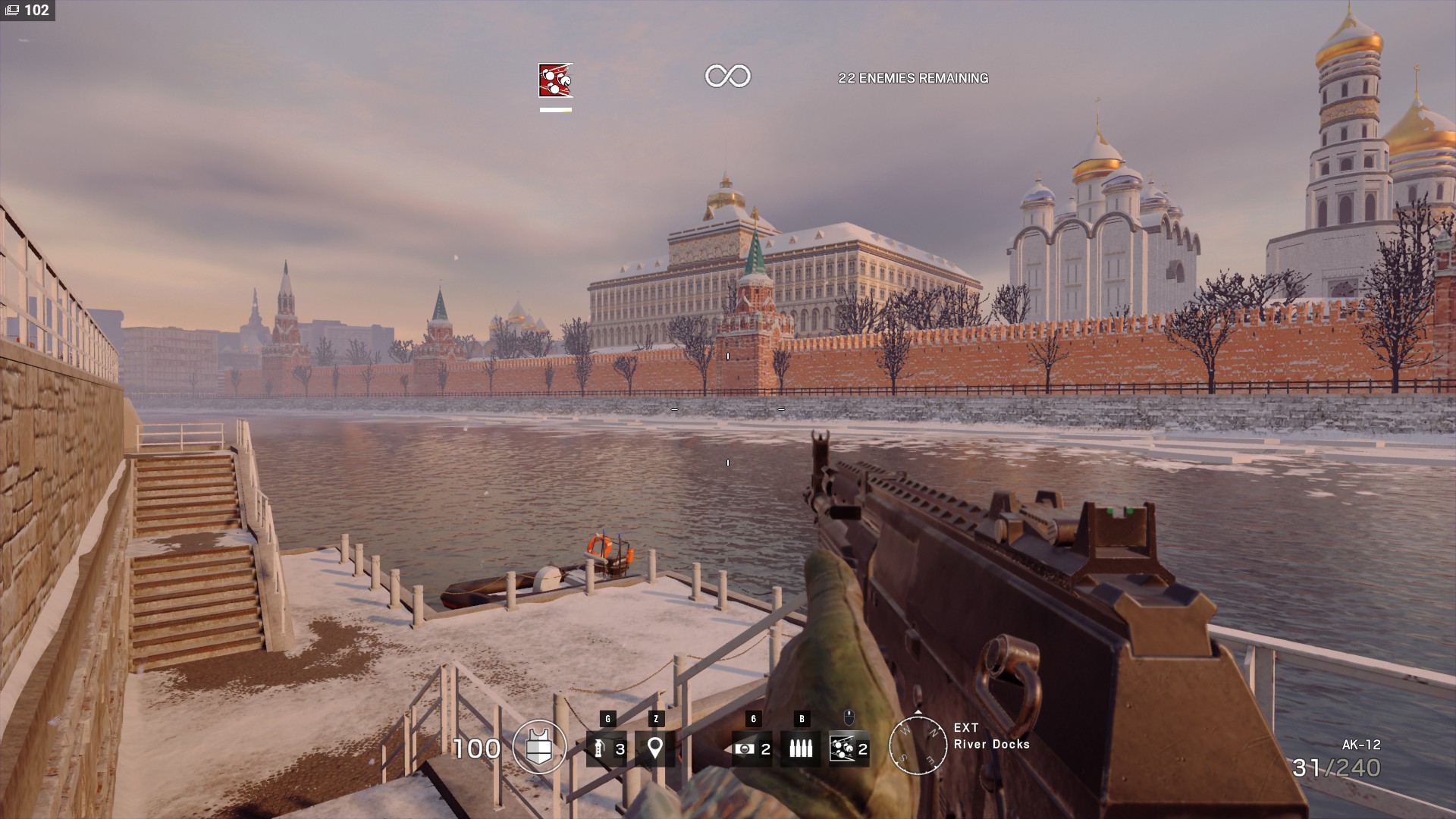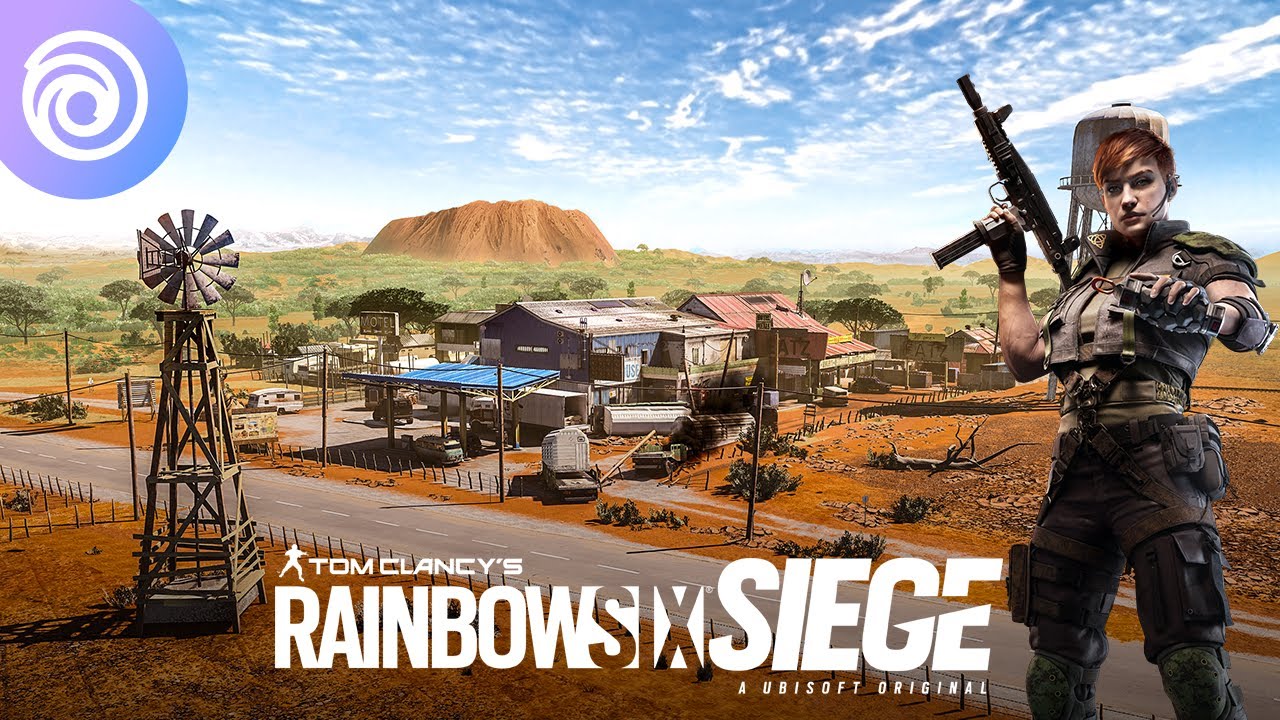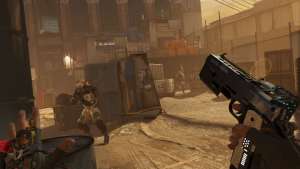Tom Clancy’s Rainbow Six Siege is not just a game; it’s a phenomenon that has redefined the tactical shooter genre. Released on December 1, 2015, by Ubisoft Montreal, Siege carries the legacy of the Rainbow Six franchise while carving out its unique identity. With its intense focus on teamwork, destructible environments, and methodical gameplay, the game has set itself apart in a crowded landscape dominated by fast-paced, reflex-heavy shooters.
This article dives deep into everything Rainbow Six Siege has to offer, including its gameplay, operators, maps, competitive scene, and much more. Whether you're a newcomer or a seasoned veteran, this comprehensive guide covers the game's past, present, and future.
A New Direction for Rainbow Six
When Ubisoft announced Rainbow Six Siege, it was clear the developers were taking a bold step. The franchise had long been known for its narrative-driven campaigns and realistic counter-terrorism scenarios. However, Siege pivoted to a purely multiplayer experience, shedding the single-player campaign in favor of close-quarters, objective-based matches.
This decision was risky, especially for a series that had built its reputation on narrative depth. Early skepticism surrounded the game’s stripped-down approach, but Ubisoft’s gamble paid off. Siege’s innovative mechanics and high replay value turned it into a genre-defining title.
Unlike many first-person shooters that emphasize rapid reflexes, Siege is about patience, strategy, and precision. Each match feels like a high-stakes chess game, where one wrong move can cost your team the round.
Gameplay Mechanics: The Heart of Siege
At its core, Rainbow Six Siege revolves around a simple concept: attackers and defenders facing off in tightly contested environments. However, the game elevates this basic premise with a level of complexity and strategy rarely seen in the genre.
Attackers vs. Defenders
Each round begins with the attackers scouting the map using drones to locate objectives, enemies, and traps. Meanwhile, defenders fortify their positions by barricading doors, reinforcing walls, and setting up traps. This dynamic creates a cat-and-mouse game where both sides must outthink and outmaneuver each other.
Attackers often rely on coordinated breaches, whether through explosive charges, sneaky flanking maneuvers, or precision shooting. Defenders, on the other hand, excel at locking down areas, creating choke points, and delaying enemy advances.
Destructible Environments
One of the most groundbreaking features of Siege is its destructible environments. Walls, floors, ceilings, and barricades can be destroyed using explosives, gunfire, or specialized gadgets. This mechanic ensures that players must constantly adapt their strategies, as enemies can attack from unexpected angles. For example, a defender hiding behind a wall is never truly safe—an attacker could breach it from the other side, creating a dynamic and unpredictable battlefield.
A Focus on Teamwork
Unlike many shooters where individual skill reigns supreme, Siege demands teamwork and communication. Success often depends on how well players coordinate their strategies, share information, and execute plans. Lone wolves may find themselves quickly overwhelmed, as every action in Siege has consequences for the entire team.
Operators: The Specialists of Siege
Operators are the lifeblood of Rainbow Six Siege. Each operator belongs to one of two teams: Attackers or Defenders, and each comes equipped with unique gadgets and abilities that dramatically impact gameplay.
Diversity in Playstyles
At launch, the game featured 20 operators, each with distinct roles and abilities. Today, the roster has grown to over 65 operators, offering unparalleled variety. Whether you prefer the aggressive breaching capabilities of Ash, the stealthy flanking of Caveira, or the defensive utility of Smoke, there’s an operator for every playstyle.
Meta and Balance
The operators are carefully balanced to ensure no single character dominates the meta. Ubisoft frequently adjusts abilities and stats based on player feedback and competitive trends, keeping the game fresh and fair.
Learning Curve
For newcomers, the sheer number of operators can feel overwhelming. Learning each operator’s gadgets, weapons, and roles is crucial to mastering the game. However, this learning curve is part of what makes Siege so rewarding—it constantly challenges players to improve and adapt.
Maps: Tactical Battlefields
Maps in Rainbow Six Siege are meticulously designed to encourage strategic play. Unlike sprawling open-world maps in games like Battlefield, Siege’s maps are compact, intricate, and multi-layered.
Importance of Map Knowledge
Success in Siege heavily relies on map knowledge. Knowing the layout of a map, including its entry points, sightlines, and destructible surfaces, is essential for both attackers and defenders. Experienced players often memorize every detail, giving them a significant advantage.
Dynamic Environments
Each map features unique elements that impact gameplay. For example, the Skyscraper map offers verticality and tight spaces, while Kafe Dostoyevsky combines wide-open areas with close-quarters combat. This diversity keeps matches exciting and unpredictable.
Game Modes: Something for Everyone
Rainbow Six Siege offers a variety of game modes, catering to both casual and competitive players.
Ranked and Unranked
Ranked matches are where the most serious players test their skills. Here, every match affects your rank, and strategy becomes even more critical. For players who want a competitive experience without the pressure of rankings, the Unranked mode offers a middle ground.
Casual Play
Casual matches are perfect for players who want to relax and experiment without worrying about performance. The stakes are lower, making it an excellent way to learn new operators or maps.
Terrorist Hunt
For players who prefer PvE, Terrorist Hunt allows teams to face off against AI-controlled enemies. This mode is ideal for practicing mechanics or warming up before jumping into multiplayer.
Seasons and Updates: A Constantly Evolving Game
One of the reasons Rainbow Six Siege has remained relevant for nearly a decade is Ubisoft’s commitment to regular updates. The game follows a seasonal model, with each season introducing new operators, maps, and gameplay changes.
Battle Pass and Rewards
The introduction of the Battle Pass system added another layer of engagement, allowing players to earn cosmetics, boosters, and other rewards through gameplay. This system has been well-received, as it provides meaningful progression without feeling overly grindy.
Community-Driven Changes
Ubisoft listens closely to its player base, frequently implementing changes based on feedback. This collaborative approach has fostered a loyal community that feels invested in the game’s success.
Competitive Scene: Siege in Esports
The competitive scene for Rainbow Six Siege is thriving. Events like the Six Invitational and the Pro League attract top teams from around the world, showcasing the game’s depth and strategic complexity.
A Unique Esports Experience
Unlike fast-paced shooters like CS
, Siege’s methodical gameplay creates a unique viewing experience. Matches are filled with tense moments, creative strategies, and clutch plays that keep audiences on the edge of their seats.
Spin-Offs and Expansions
In 2022, Ubisoft expanded the Rainbow Six universe with Rainbow Six Extraction, a co-op PvE game that builds on Siege’s mechanics. While Extraction offers a different experience, its emphasis on teamwork and strategy ties it closely to the core game.
Challenges and Criticisms
While Rainbow Six Siege is widely acclaimed, it’s not without its flaws. The steep learning curve can be intimidating for new players, and balancing issues occasionally arise as new operators are introduced. Additionally, the game’s monetization practices, such as microtransactions and the cost of cosmetic items, have drawn criticism.
Is It Worth Playing?
With over 80 million registered players as of 2023, Rainbow Six Siege remains one of the most-played and celebrated tactical shooters. Its focus on teamwork, strategy, and environmental interactivity sets it apart from other multiplayer games. While the steep learning curve can be daunting for newcomers, the game rewards persistence with unmatched depth and satisfaction.
Game Details
- Genre: Tactical Shooter
- Release Year: December 1, 2015
- Platforms: PlayStation 4, PlayStation 5, PlayStation 5, Xbox Series X|S, and PC
- Game Modes: Multiplayer (Online), PvE (Terrorist Hunt)
- Developer/Publisher: Ubisoft Montreal / Ubisoft
- Game Ratings:
- Metacritic: 79/100 (PC version)
- IGN: 8.5/10
- Awards: Best PC Game (Game Critics Awards 2014), multiple esports awards
- Our Rating: 8.5/10
Final Verdict
Tom Clancy’s Rainbow Six Siege is not just a game; it’s an experience. With its ever-expanding roster of operators, evolving meta, and vibrant community, it has become a cornerstone of the tactical shooter genre. Whether you’re a competitive gamer or just looking for a game that rewards strategy and teamwork, Siege is well worth your time.

